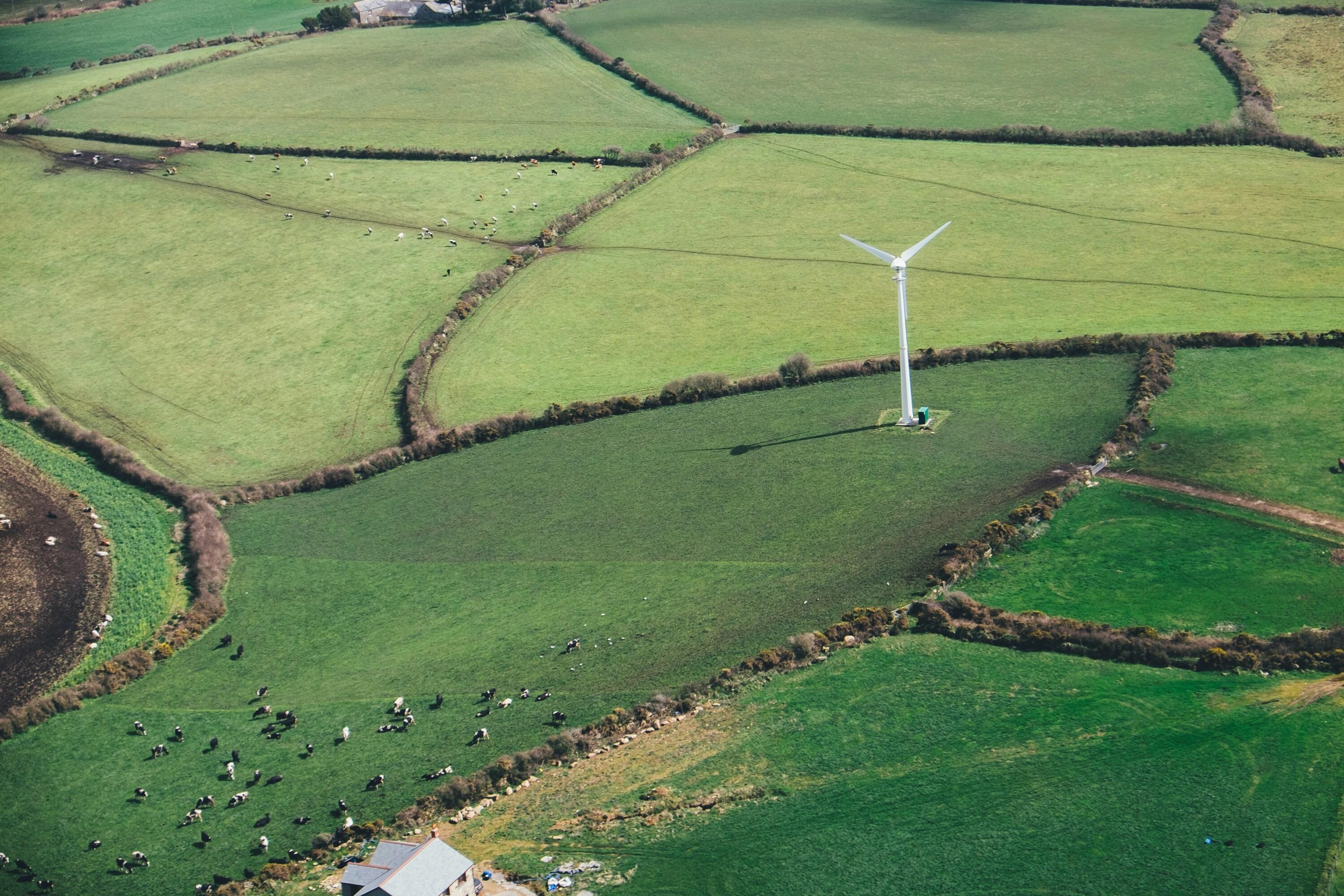08/26/2024
2024 Seasonal Weather Outlook
Strategic Insights for Energy Traders
Director of Marketing & Communications, North America
As the energy markets brace for the latter half of 2024, evolving seasonal weather patterns will influence everything from natural gas prices to heating oil futures. Chris Hyde, Senior Sales Manager and Meteorologist, offers a detailed outlook that could be crucial for traders focused on hedging strategies, demand forecasting, and optimizing portfolios.
La Niña’s Impact on Key Market Variables
According to Hyde, the Central Pacific is currently neutral, but this equilibrium will shift toward the year's end. "We’re anticipating a weak La Niña to develop during autumn," Hyde mentions a development that energy traders should closely monitor. This brief phase will likely increase volatility in the natural gas markets, notably as it correlates with heightened hurricane activity in the Atlantic.
For traders, this means potential disruptions to supply chains, especially with the Gulf of Mexico's significant role in U.S. natural gas production. The weak La Niña conditions are favorable for an active hurricane season, which could lead to production shutdowns and supply constraints, driving up spot prices.
Strategic Adjustments in Demand Forecasting
Hyde also highlights the importance of temperature trends in determining energy demand across high-population centers. "Above-normal temperatures across the eastern U.S. suggest a delayed start to the heating season," Hyde explains. For energy traders, this translates to potential downward pressure on heating oil futures and reduced demand for natural gas in the short term.
However, this scenario could quickly reverse if a cold snap hits later in the winter, particularly in regions like the Northeast, where heating demand is traditionally high. Traders should consider adjusting their positions in forward contracts and options to account for this potential variability.
Correlating Weather Data with Market Dynamics
Understanding these weather patterns is essential for forecasting load requirements and managing risk in the power markets. The expected above-normal temperatures in key load centers could lead to lower-than-expected electricity demand, impacting the day-ahead and real-time markets. Conversely, the anticipated dryness in regions like Texas and the Pacific Northwest could exacerbate drought conditions, affecting hydroelectric power generation and increasing reliance on gas-fired plants, thus tightening the natural gas supply.
Watch the Full Outlook for a Competitive Edge
Maximizing Strategic Insights
Hyde's outlook provides a critical foundation for making informed trading decisions. To fully capitalize on these insights, energy traders should integrate weather data into their risk management models, using tools like load forecasting and scenario analysis to anticipate market movements.
This article offers a snapshot of Hyde’s insights, but watching the full video is essential to gain a comprehensive understanding of how these weather patterns could impact your trading strategies. Hyde goes in-depth, correlating meteorological data with specific market scenarios that could affect your positions in the months ahead.
Stay ahead of the curve by leveraging these insights to optimize your portfolio and enhance your market strategies—watch the full outlook video now to prepare for what’s coming.
Expert Call
Let’s Find the Perfect Solution to Your Problem. Talk to an Expert.
We provide the most accurate weather data for any location, at any time, to improve your business.
